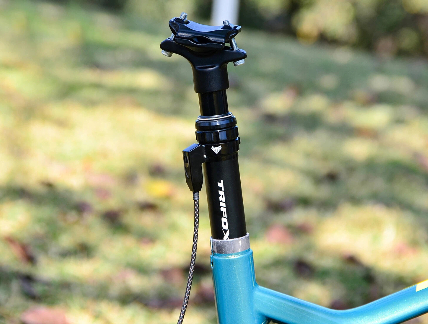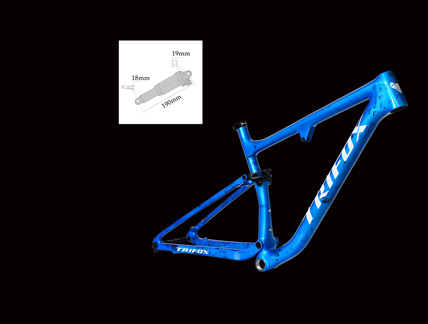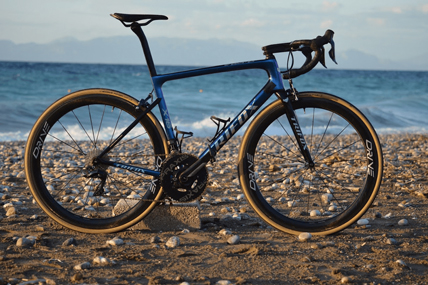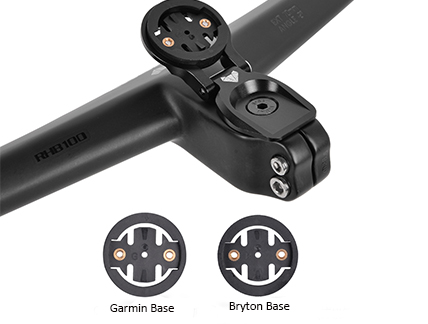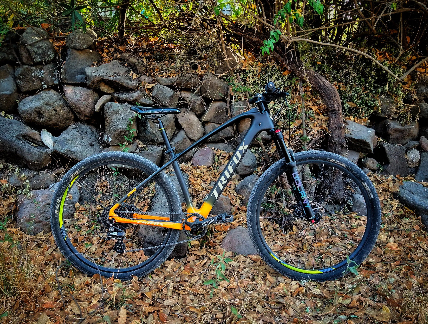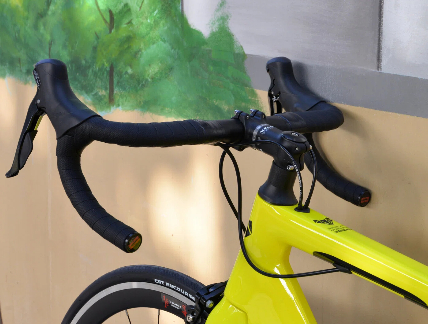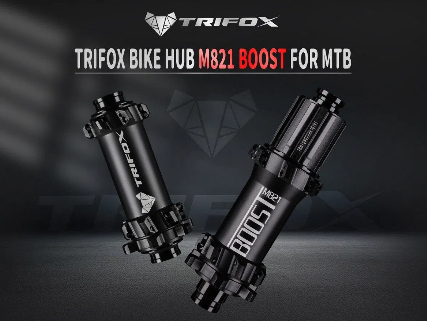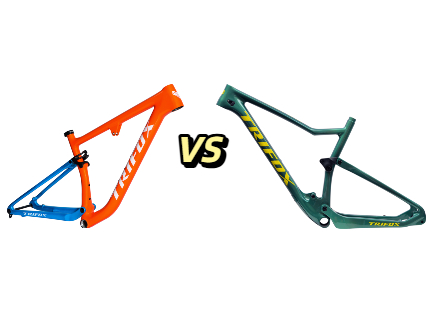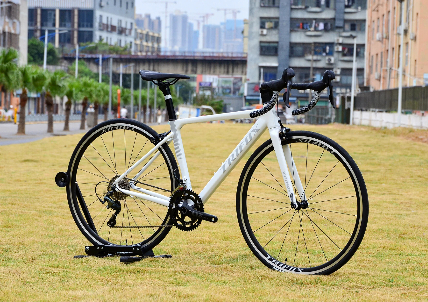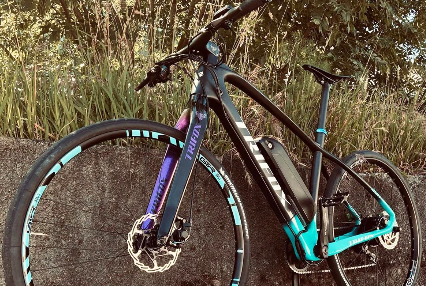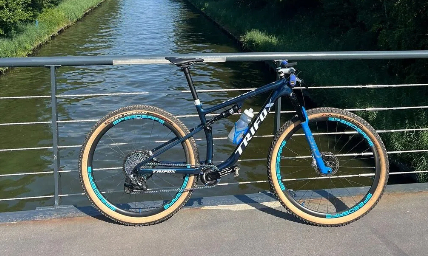Mountain biking is an exhilarating sport that offers the freedom to explore nature, tackle challenging terrains, and push your limits. An essential component that significantly affects your mountain bike's performance is the freehub. It's responsible for driving your bike forward without pedaling and plays a crucial role in shifting gears. Ensuring your MTB freehub is compatible with your bike not only enhances your riding experience but also prevents mechanical failures. Here’s how you can check and match MTB freehub compatibility for your mountain bike.
Understanding Freehubs
Before diving into compatibility, it's crucial to understand what a freehub is. A freehub is part of the rear hub on your bike, housing the mechanism that allows the wheel to spin freely when you're not pedaling. It also includes the splines where the cassette (the set of gears) mounts.
Identifying Your Freehub Type
The first step in checking compatibility is identifying your freehub type. There are several types of freehubs, but the most common in mountain biking are Shimano, SRAM XD, and Micro Spline.
Shimano: Known for its reliability, the Shimano freehub design has been a standard in the cycling world. It accommodates cassettes with up to 11-speeds on most models.
SRAM XD: Designed for the SRAM XX1 groupset, the XD driver is lighter and allows for a more extensive range of gears, accommodating a 10-tooth smallest cog.
Micro Spline: Introduced by Shimano for their 12-speed systems, Micro Spline enables the use of a 10-tooth smallest cog and features a new interface for better engagement and durability.
To identify your freehub type, remove your rear wheel and cassette to expose the freehub. The shape of the splines and the mounting system can help you determine the type.
Checking Compatibility
Once you've identified your freehub type, the next step is to check its compatibility with your mountain bike. Here are key factors to consider:
Cassette Compatibility: Ensure that your cassette matches the freehub type. For example, a Shimano cassette won't fit on an SRAM XD freehub without an adapter.
Speed Compatibility: The number of speeds on your cassette should match the freehub's capability. Mixing different speeds (e.g., using an 11-speed cassette on a freehub designed for 9-speed) might work temporarily but can lead to poor shifting performance and increased wear.
Hub and Frame Compatibility: The overall hub width must match your bike frame's specifications. Mountain bikes commonly use hubs that are 135mm, 142mm, or 148mm (Boost) wide. Ensure your freehub and hub assembly align with your frame's requirements.
Matching Components
After ensuring compatibility, matching your components is straightforward. When purchasing a new freehub or cassette, pay close attention to the specifications:
For Shimano and Micro Spline: Look for the specific model that matches your drivetrain's speed and ensure it fits the hub's width.For SRAM XD: Verify that the freehub is labeled as XD-compatible and matches the speed and hub width of your setup.
It's also worth considering the material and build quality of the freehub, as these can affect weight, durability, and performance.
Professional Help
If you're unsure about compatibility or how to proceed with swapping components, seeking professional help from a bike mechanic is advisable. They can provide valuable insights, recommend compatible parts, and even handle the installation for you.
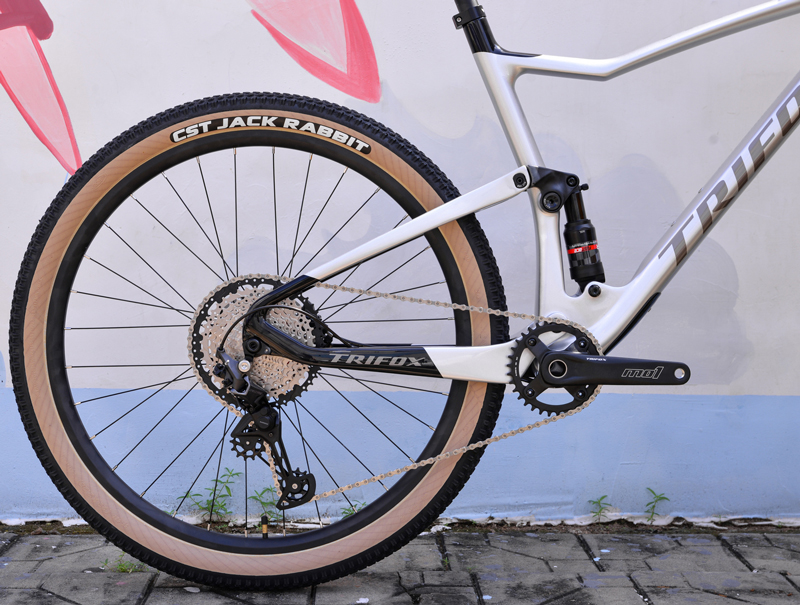
Conclusion
Matching your MTB freehub with your mountain bike is crucial for optimal performance and durability. By understanding the different types of freehubs, checking compatibility with your bike's specifications, and carefully selecting matching components, you can ensure a seamless and enjoyable riding experience.
Remember, when in doubt, consult a professional to avoid costly mistakes and ensure your mountain bike is in top condition for your next adventure.































































